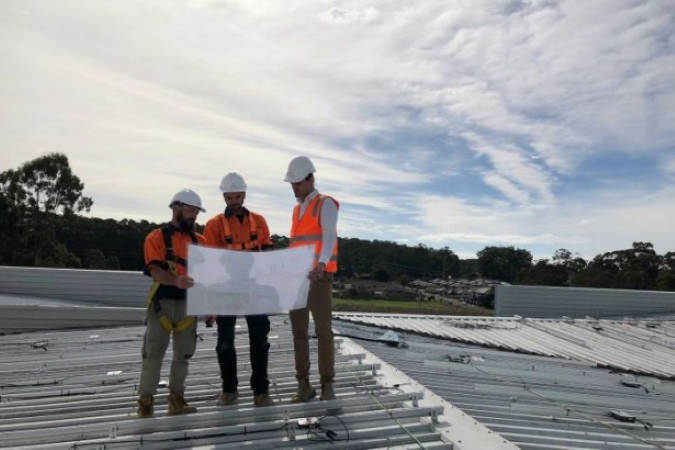10
Sep 2018
Harnessing Renewable Energy: Australia's Largest Hospital Solar Power System to Be Installed in Port Macquarie
Published in General on September 10, 2018

Port Macquarie Base Hospital is getting ready to install the biggest rooftop solar panel set up on any healthcare facility in Australia. The town is known for having one of the most ideal climates in the country, making it a perfect candidate for such an extensive solar system.
Located on the Mid North Coast of New South Wales, Port Macquarie receives many hours of direct sunlight during all four seasons. Thus, it makes sense for healthcare facilities to utilise all of that freely available renewable energy to save money and help the environment.
NSW’s Mid North Coast has some of the highest solar uptake levels of any state in Australia, and with residents installing rooftop solar systems at a nation-leading pace, it’s perfectly logical for healthcare providers to do the same.
Minimising Grid Dependency and Reducing Hospital Expenditure
The Mid North Local Health District will be spearheading the $900,000 project, which will involve the installation of more than 2,000 panels across almost the entire surface of the hospital’s roofing area.
In addition, roof space on the nearby Mid North Coast Cancer Centre will be used, bringing the system’s total power-generating potential to almost 610 kilowatts.
Financially, that translates to a savings of more than $130,000 in utility bills annually. Extrapolating that over a period of ten years equates to an overall savings of $1.3 million for the decade.
Hospital representatives have assured the public that those savings will be directly reinvested into state-of-the-art healthcare services for the Port Macquarie community.
Leading the Way for Other Hospitals
Port Macquarie Base Hospital is being used as a pilot location to test the feasibility of installing solar panel systems on hospitals across Australia. Officials are confident that it will be far more sustainable and cost-effective than the current approach of full-on grid reliance.
Danny Saunders, an environmental sustainability project manager at Mid North Coast Local Health District, stated that the system will serve as a blueprint for other NSW health districts that may be following suit in the next few years.
Saunders also proposed that the project is a foundational pilot for the future of meeting medical energy needs in Australia, as he believes that large solar setups will become the norm for healthcare facilities across the country.
The district will also be launching a $7 million project to accompany the solar installation with measures that will improve energy conservation, including the installation of LED lights, rainwater harvesting, and window tinting.
Other Hospitals Joining the Solar Rush
While the Port Macquarie Base Hospital is set to be the largest hospital rooftop solar system in Australia, it is by no means the first. Hospitals in Adelaide, Canberra, and Bankstown are currently making the shift as well.
Prior to this project, the largest rooftop solar system on an Australian hospital was a title held by The Friendly Society Private Hospital located in Bundaberg, with a total of 1,200 panels that harvest 545 kilowatts of electricity.









